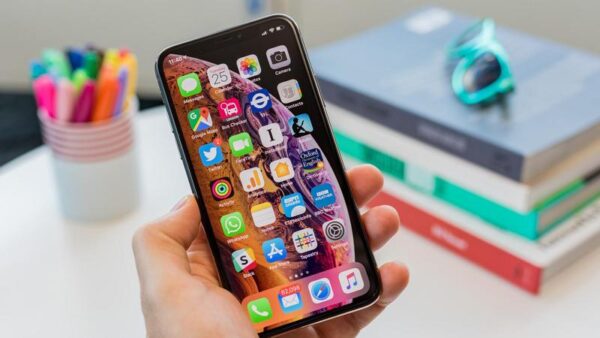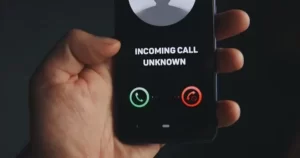Whenever we cover the latest Apple iPhone reviews, we usually have nice things to say. While the iPhone X might still be pricey, the iPhone 8 and 8 Plus are more efficiently priced. Despite their age, the performance drop-off in Apple iPhone specifications tends to allow more breathing room in the years ahead thanks to the Cupertino tech giant Bionic mobile chipsets. In this way, it seems moot to bother with the latest models, making the 2017 iteration of Apple’s mobile tech arguably the best iPhone 2019 has to offer — if you’re trying to keep the price low, that is.
Let’s jump into a blow-by-blow breakdown of what the iPhone 8 and 8 Plus do best and which one is right for you.
Processing, RAM and Storage
We’re not trying to write this like an Android article, but sometimes, it’s good to know where you stand when you’re picking up an older piece of tech for your pocket. Both iPhones feature an Apple A11 Bionic APL1W72 3 — or just A11 Bionic for short. This is a hexa-core 2.4 GHz SoC (system on a chip), which on paper seems quite powerful. Fortunately, it’s all that and more: Apple’s processors are known for being ahead of the top Qualcomm, Mediatek and Samsung chips, and while the A11 has aged some, it’s still more than capable of dealing with image processing and gaming in general.
The regular iPhone 8 comes packed with 2 GB RAM while the Plus features 3 GB RAM. This doesn’t seem like much, but thanks to the seamless optimization in Apple’s handsets, it goes considerably further than their Android counterparts. You’ll also find yourself graced with 256 GB of internal storage on both phones although there’s no microSD port to speak of. Don’t hold your breath: Apple doesn’t allow expandable storage on any of their handsets and likely won’t change that anytime soon. As you can see, both devices are nearly identical in terms of processing hardware and storage other than the extra gigabyte of RAM to work with in the Plus.
Screen
This is where the largest difference between these two devices become apparent. Admittedly, it’s hard to call either one the best iPhone 2019 when near-QHD resolutions have been a thing on the iPhone X and XS while these devices only manage 720p+ and 1080p respectively. To be exact, the regular iPhone 8 brings a 4.7-inch panel running 750 x 1,334 pixels for 326 ppi total while the Plus variant brings 5.5 inches of 1,080 x 1,920, scoring a hair over 400 ppi.
Both phones feature IPS LCD displays, which won’t be quite as colorful as OLED variants as found on more recent iPhones and most Android flagships these days. You can also crank them both up to a reasonable brightness level of 625 nits. Again, aside from the resolution and physical screen size, there’s not much else to differentiate them.
Battery
iPhones have made a strong case for battery over the years despite their comparatively miniscule capacities. The iPhone 8 has a 1,821 mAh juicer while the 8 Plus is equipped with 2,691 mAh of power to keep the lights on. Both have reasonable longevity for their capacities, but they’re also below the current average in that regard, especially the smaller model. You’ll want the Plus if you’re a heavy user.
Camera
We didn’t expect Apple to cut short on the camera, not even on the smaller model. They didn’t disappoint: Both phones feature identical setups apart from the Plus version having a second rear camera that adds 2x optical zoom and a larger aperture for low-light shooting. Both phones feature 4K recording at 60 FPS, 12 MP stills, quad-LED layouts, HDR support, optical image stabilization and phase detection auto-focus. You’ll also find a slew of slow-mo options and photo capture during video recording. The front-facing cameras are also similar at 7 MP with HDR support.
The Verdict
The iPhone 8 Plus comes out on top in terms of Apple iPhone specifications and is well worth the extra dough if you’re willing to pay for it. However, you’ll get most of the same experience with the original, so if you’re not pressed for a large screen, low-light photography, more battery power or a little extra multitasking oomph, the Plus isn’t necessarily the better option. Of course, remember that the iPhone X is still on the table if you need even more than what the Plus provides.
Come back for more of the latest Apple iPhone reviews, and we’ll be covering the 2019 iPhone models in the coming months.


















Be First to Comment